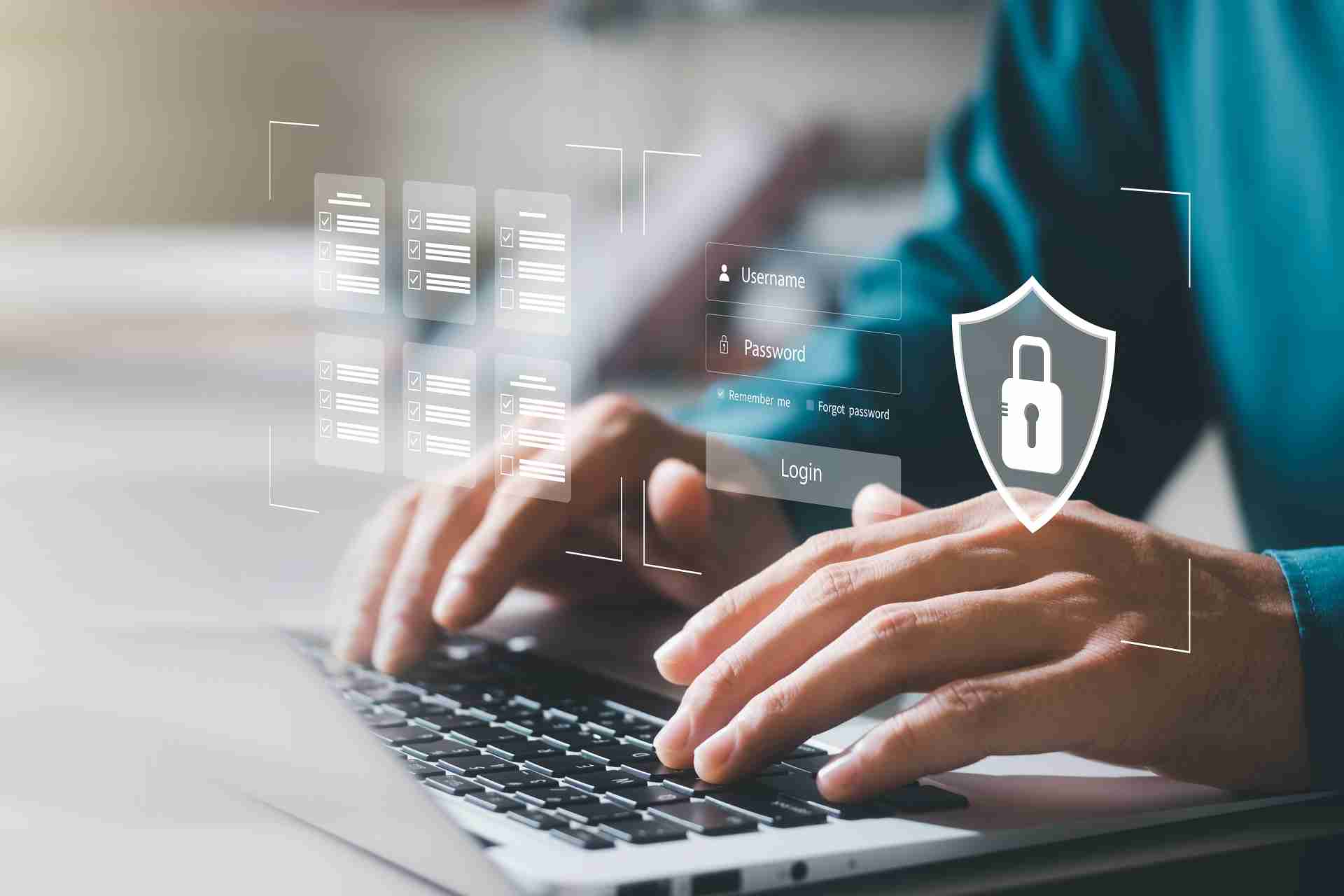The importance of protecting your online identity
In the era of the digital transformation, where technologies are swiftly and continuously evolving to become ever more an essential part of humans everyday life, protecting your online identity is a very delicate matter that should be considered.
Why? The reason is simple: personal data and information nowadays play a key role defining individuals identity, both offline and especially online, often serving as the best access credentials for many platforms and services occurring in the digital environment (e.g. e-banking, e-commerce, entertainment, social media, etc.). Hence, it appears clear that offline and online are intertwined dimensions and so protecting your online identity and activities is very important, equally as defending your own personal material sphere.
In this article we’re going to analyze in-depth facts and stats about the protection of your online identity and check out the best practices to set up the highest personal online safety level possible. If you’re interested in learning more, we have a specific article about cyber security and home network protection.
Why should you care of your online identity protection? Facts and stats
Let’s begin with a crucial question: why should you care of your online identity protection? To best cover this relevant topic we’re taking into account interesting facts and stats emerging from the Exploding Topics’s report concerning the risks affecting the safety of your personal identity when surfing the Internet and exploring the digital sphere. Specifically, the worst enemy you should watch out for is the identity theft.
The research includes data collected within the last few years and especially focuses on the United States of America, the country which seems to be the most severely exposed to cyber-crime. Indeed, for what concerns identity theft and fraud, only in the US 33% of population (1 in 3 people) have been victims of identity theft, more than double the global average; furthermore, every year over 300,000 Americans fall victim to phishing or other kinds of cyber attacks and more than 50,000 individual personal data breaches occur. On the other hand, comparing USA and European Union on this same parameter, only 8% of EU citizens (1 in 10 people) claim to have recently experienced online identity theft; nevertheless, considering a lifelong span of time, 3% of Europeans claimed to have experienced identity theft once and another 3% fell victim of such personal online attacks twice or even more times.
The report also highlights the profile resulting being more likely to be target of attacks aiming to steal the online identity: in fact, around 50% of personal data and identity theft refer to people in age range between 30 and 49, working within organizations (that could become easy targets for business data breaches themselves), holding one or more banking accounts and being active on platforms like e-commerces and social media. Following, the other two age ranges preferred by cyber criminals as victims for identity theft are people between 40-49 years old (about 25%) and 20-29 years old (about 15%). Moreover, even if only approximately 2% of minors experienced online identity theft, it’s estimated that 1,3 million children fall victim to identity fraud annually.
What about the most common reasons why an online identity theft occur? The first and most important factor, sadly, still relates to the lack of awareness of the Internet risks by common users. Indeed, 6 in 10 people believe their personal information is not at risk when using a WiFi connection, 86% of users still haven’t adopted advanced security solutions for network security like VPNs (Virtual Private Networks) and 43% of identity theft victims (in the USA) claimed to have shopped online prior to the attack (maybe trusting too easily suspicious e-commerces). As a result, 9 in 10 people (87%) allow their personal information to be exposed online while doing daily activities such as using email services or accessing bank accounts; another risk factor concerns the use of social media, that increases from 30% up to 46% the odds to be exposed to cyber criminals looking for identity theft and account takeovers. Last but not least, users seem to be still unaware about the importance of creating complex passwords (in addition to other authentication layers, for example passkeys), as a matter of fact 65% of people reuse passwords across multiple websites and almost 80% (4 in 5 people) share them with family or friends.
How to protect your online identity: best practices for safety
Considering all these potential risks for personal data and information while exploring the Internet environment, let’s check out now the best practices to increase safety levels and protect your online identity. Here’s a 10-tips guide to reduce to lowest the odds of being the target of an identity theft:
- Limit the personal information you enter or share over the Internet while using social media or creating website accounts, especially involving credit cards;
- Be always careful where you click or tap, as many scams and other accidental security threats begin from these kind of ‘traps’;
- Make sure to alternate search engines and prefer to browse in private mode;
- While surfing websites or using apps, reject or turn off cookies and authorizations that aren’t strictly necessary;
- Make sure to use only encrypted connections and systems, especially for sending and receiving emails and instant messaging;
- Avoid connecting to public networks, and if you do make sure to use a VPN system to mask your own IP when you’re surfing the web;
- Enable multiple security layers on all your connected devices, adopting strong multi-factor authentication methods (read more on how and why use 2FA and how to set it up);
- Use strong and multiple passwords throughout all the websites, platforms and apps you’re registered to, without sharing them;
- Use quality, advanced and updated antivirus softwares to keep your devices and connections monitored and quickly take actions to tackle potential risks;
- If you want to buy on e-commerces securely, always shop on legitimate and trusted online stores that provide all quality information that customers need to know (e.g. personal data and privacy policy, payments and shipping policy, financial and legal references, etc.).








